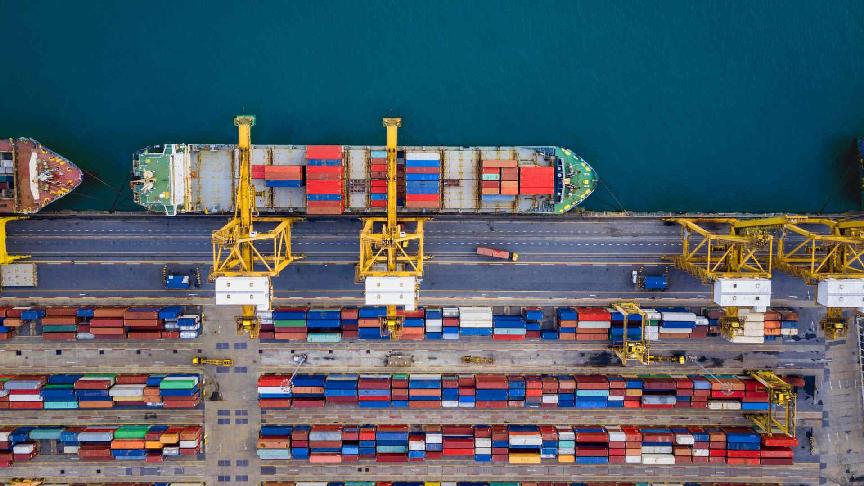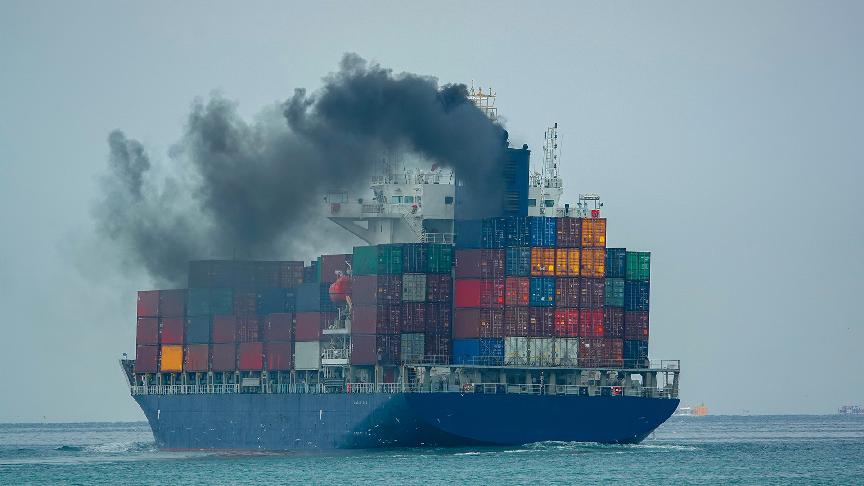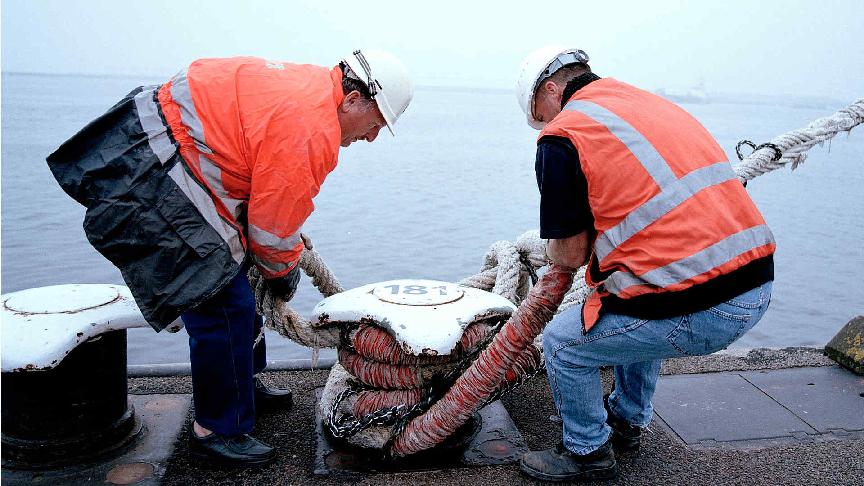THE capacity of the global fully cellular containership fleet expanded at its fastest rate in 15 years in the first six months of 2024, following a surge in newbuildings and limited removal of ships by recycling.
According to BIMCO chief analyst Niels Rasmussen, since the beginning of 2024 capacity of the boxship fleet grew by some 1.6m teu with the addition of 264 newbuildings. This represented an expansion of 11%.
The current fully cellular fleet now stands at around 29.5m teu but is expected to exceed 30m teu for the first time at the end of the third quarter, Rasmussen noted.
“Despite the record, shipowners have continued to place orders for new ships. Year-to-date, a total of 63 ships with a combined 0.4m teu capacity have been ordered and the order book-to-fleet ratio remains high at 19%,” said Rasmussen, who added that an average of 1.5m teu is scheduled to be delivered each year between 2025 and 2027.
Meanwhile, strong cargo volume growth and the rerouting of ships via the Cape of Good Hope have dampened recycling of older containerships with only 36 ships scrapped so far this year, with a combined capacity of some 51,000 teu.
“By the end of 2027, the current orderbook will add another 4.3m teu. As cargo volume growth is unlikely to match this expansion, we expect ship recycling to increase and temper overall fleet growth. In addition, if ships can eventually return to the Red Sea and the Suez Canal, demand for ships will fall,” said Rasmussen.
Some 94% of newbuilding capacity entered service with the “Top 10” carriers in terms of fleet capacity deployed.
According to Alphaliner, fleet capacity growth so far this year was led by the world’s largest containership operator Mediterranean Shipping Co. MSC expanded its vessel capacity by 400,000 teu since January to reach 6m teu.
“MSC continues to increase its fleet relentlessly through a combination of newbuilding deliveries and the purchase of second-hand tonnage.”
It notes that MSC’s market leading position seems assured given that the company’s 1.2m teu orderbook is only matched by that of third-ranked carrier CMA CGM, which has a similar sized orderbook of new ships.
The second largest containership operator Maersk added 5.6% of vessel fleet capacity in the first half. This was provided by the delivery of the first four of 18 methanol dual-fuel “Equinox-class” newbuildings, in addition to three chartered neo-panamax units.
Alphaliner reports that in terms of percentage, the fastest growing carriers were Israel’s Zim with fleet growth of 17.5% in the first half followed by Germany's Hapag-Lloyd, with a 10.6% expansion in fleet capacity.
The analyst suggests that within the next few years, CMA CGM could overtake Maersk to become the world’s second largest container carrier.
Taiwan’s Yang Ming was the only Top 10 operator to have reduced its fleet capacity in the first half of 2024, allowing Zim to move up to ninth place in Alphaliner’s rankings of Top 10 container carriers.
Zim took delivery of seven 7,800 teu-7,900 teu and eight 5,300-5,500 teu newbuildings together with a trio of 15,250 teu neo-panamax units.
The world’s seventh largest operator Evergreen recorded only a 2.8% increase in capacity for the first six months of 2024. It took delivery of four 15,370 teu neo-panamax newbuildings but redelivered several chartered ships and sold off some older tonnage, including two ships for recycling.
Nevertheless, Evergreen has the largest orderbook of newbuildings among the Top 10 carriers with an orderbook to fleet in service ratio of almost 42%.






